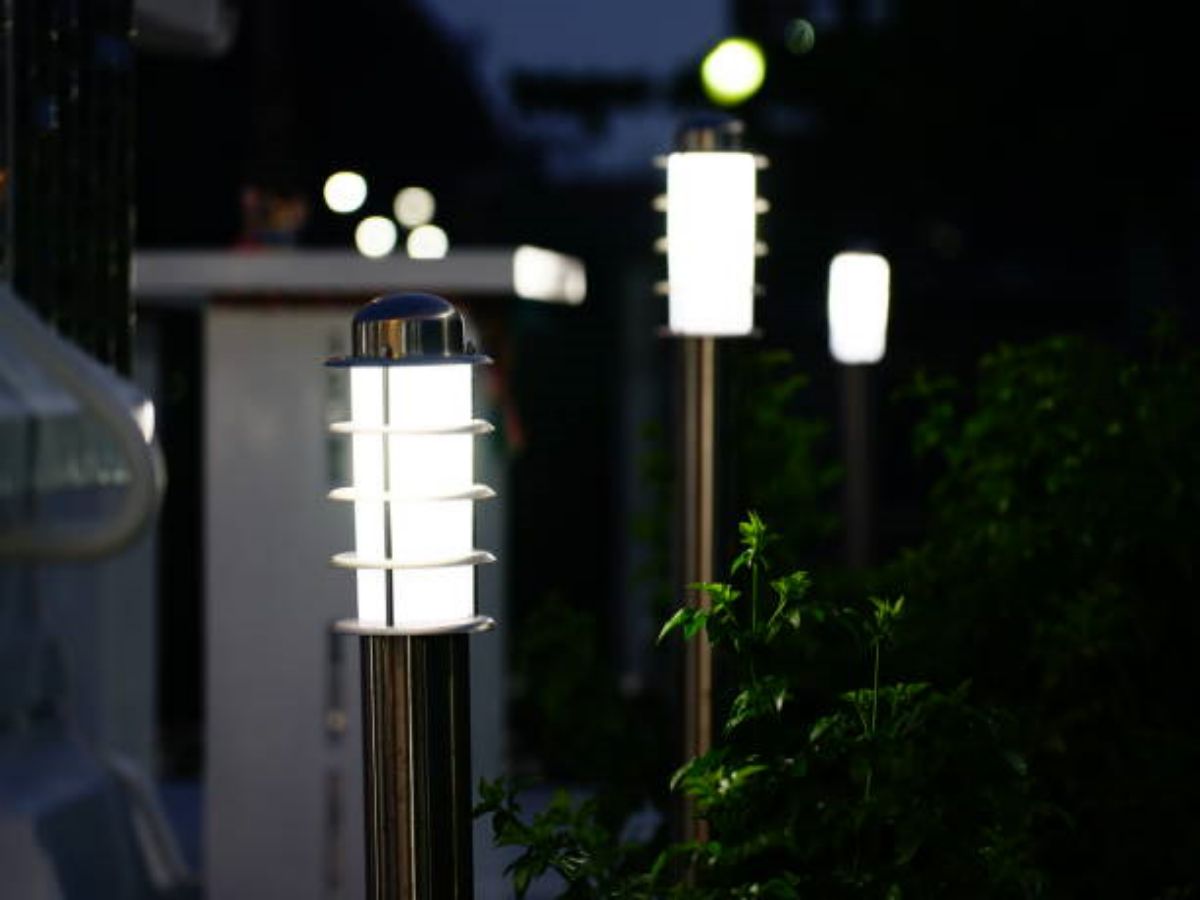Understanding the Importance of Waterproofing Outdoor Electrical
Outdoor electrical installations are exposed to various weather conditions, such as rain, snow, and humidity, which can potentially damage electrical components and pose safety hazards. To ensure the longevity and safety of outdoor electrical systems, it is crucial to waterproof them effectively. This article will discuss different methods and products that can be used to waterproof outdoor electrical installations.
1. Choosing the Right Electrical Enclosures
One of the primary ways to waterproof outdoor electrical installations is by using appropriate electrical enclosures. These enclosures should be made of durable materials, such as stainless steel or polycarbonate, that can withstand outdoor conditions. Additionally, they should have a high IP (Ingress Protection) rating, indicating their resistance to water and dust penetration. Selecting the right size and type of enclosure for the specific electrical components is essential for effective waterproofing.
2. Sealing Cable Entry Points
Cable entry points are potential areas for water ingress in outdoor electrical installations. To prevent this, it is important to seal these points properly. Various sealing methods can be used, such as cable glands or waterproof cable connectors. These devices provide a tight seal around the cables, preventing water from entering the electrical system.
3. Using Waterproof Junction Boxes
Junction boxes are commonly used in outdoor electrical installations to protect and connect electrical wires. To waterproof the connections, it is recommended to use junction boxes specifically designed for outdoor use. These boxes should have appropriate seals and gaskets to prevent water from entering and damaging the electrical system.
4. Applying Silicone Sealant
Silicone sealant is a versatile waterproofing solution that can be used in various outdoor electrical applications. It can be applied to seal gaps, cracks, and joints in electrical enclosures, junction boxes, and other components. The silicone sealant forms a durable and flexible barrier that prevents water from penetrating the electrical system.
5. Using Waterproof Cable Jackets
For outdoor electrical cables, it is essential to use waterproof cable jackets. These jackets are made of materials that are resistant to water and UV radiation. They provide an additional layer of protection to the cables, ensuring their longevity and preventing any potential electrical hazards.
6. Employing Conduit Systems
Conduit systems are commonly used to protect and route electrical cables in outdoor installations. They consist of pipes or tubes that enclose the cables and provide mechanical and weather protection. By using waterproof conduit systems, the electrical cables are shielded from water and other environmental factors, ensuring their safe operation.
7. Regular Maintenance and Inspections
Even with proper waterproofing measures in place, regular maintenance and inspections are crucial to identify any potential issues or wear and tear. Outdoor electrical installations should be inspected periodically to ensure that the waterproofing measures are still intact and effective. Any damaged or worn-out components should be replaced promptly to maintain the safety and efficiency of the electrical system.
8. Ground Fault Circuit Interrupters (GFCIs)
GFCIs are electrical devices designed to protect against electrical shocks and ground faults. They are especially important in outdoor electrical installations, where water exposure increases the risk of electrical hazards. Installing GFCIs in appropriate locations can provide an additional layer of safety by quickly shutting off the power supply in case of ground faults.
9. Professional Installation and Consultation
When dealing with outdoor electrical installations, it is highly recommended to seek professional help. Electricians who specialize in outdoor electrical work can provide expert advice on the best waterproofing methods and products for specific applications. They have the knowledge and experience to ensure that the electrical system is properly waterproofed and complies with safety standards.
10. Conclusion
Waterproofing outdoor electrical installations is crucial for their longevity, safety, and efficient operation. By choosing the right electrical enclosures, sealing cable entry points, using waterproof junction boxes, applying silicone sealant, employing waterproof cable jackets, utilizing conduit systems, conducting regular maintenance and inspections, installing GFCIs, and seeking professional help, one can ensure effective waterproofing of outdoor electrical systems. Prioritizing waterproofing measures will protect the electrical components from damage and prevent potential safety hazards.

